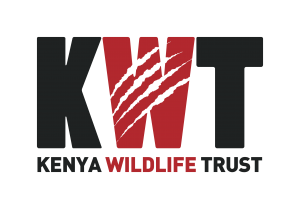To accurately assess lion numbers within all potential source populations.
This would be done using the scientifically-sound approach (SECR) that we had helped to develop in the Mara that was adopted as the standardised framework for the survey. In addition, only lions over the age of one year would be included since lions under one year of age usually suffer from high mortality and including them may be misleading.
























